Katherine Duchess of Kent, a royal who chose faith and service, dies at 92
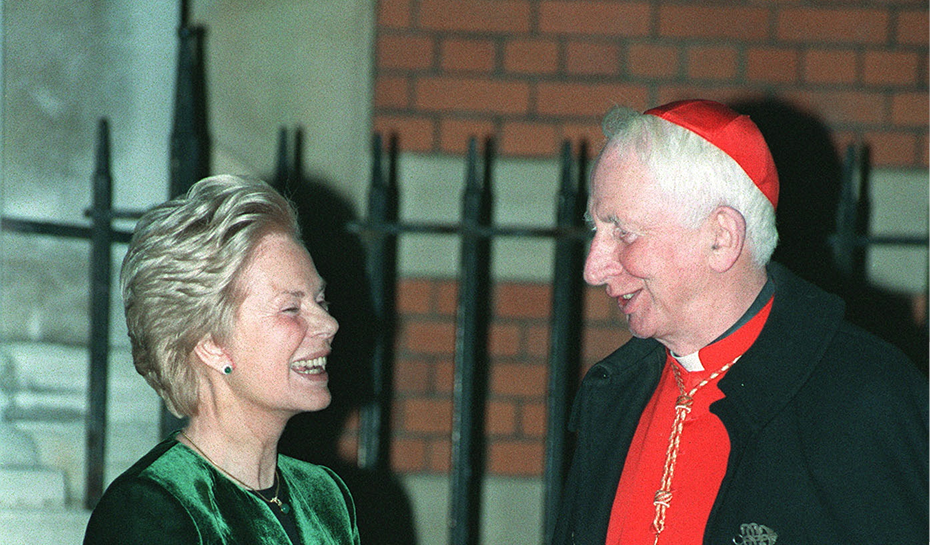
It was with “With deep sorrow” that Buckingham Palace announced that Katherine, Duchess of Kent died on 4th September 2025. Katherine was a Protestant who converted to Catholiclism in In 1994, becoming the first member of the royal family to undertake this tradition since King Charles II’s final moments in 1685. Although King Charles II received Catholic last rites, his funeral was conducted in accordance with Anglican rites. The ceremony was understated, likely reflecting the significance of his personal religious conversion.
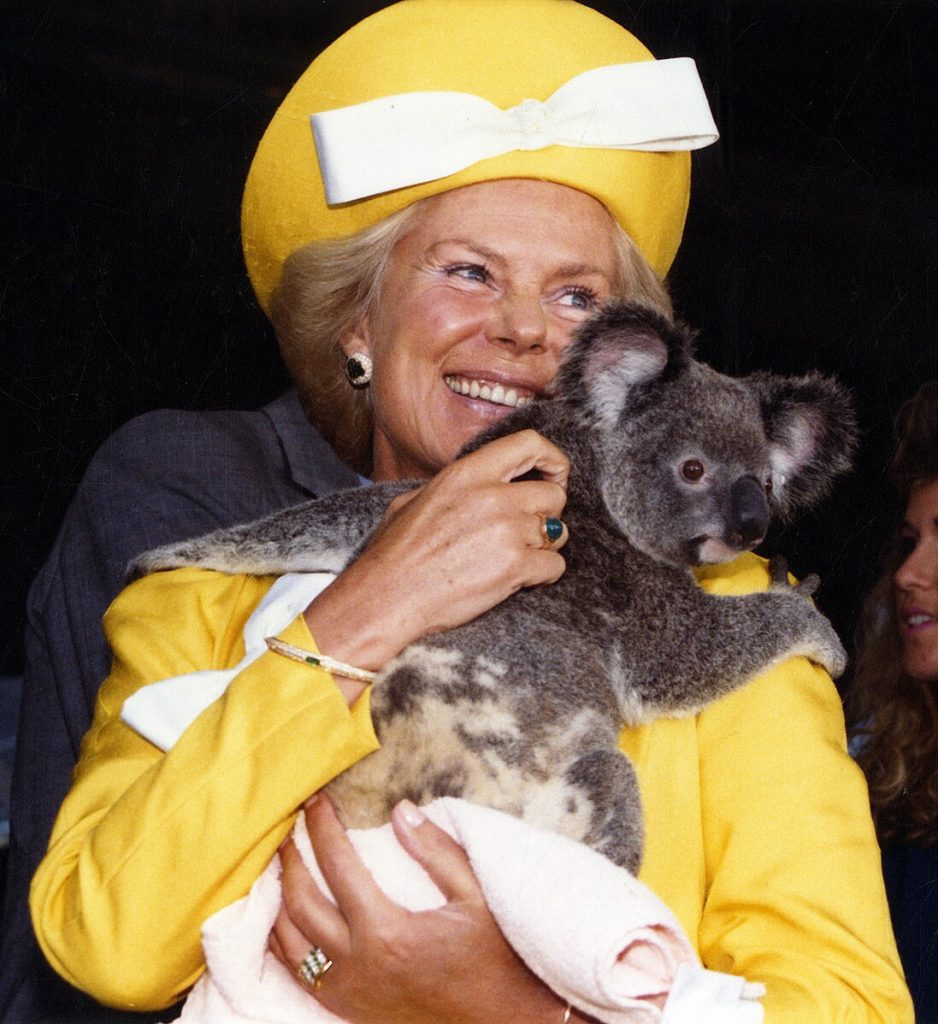
Katharine, Duchess of Kent (born Katharine Lucy Mary Worsley; 22 February 1933 – 4 September 2025), was a member of the British royal family. She was the wife of Prince Edward, Duke of Kent, a grandson of King George V.
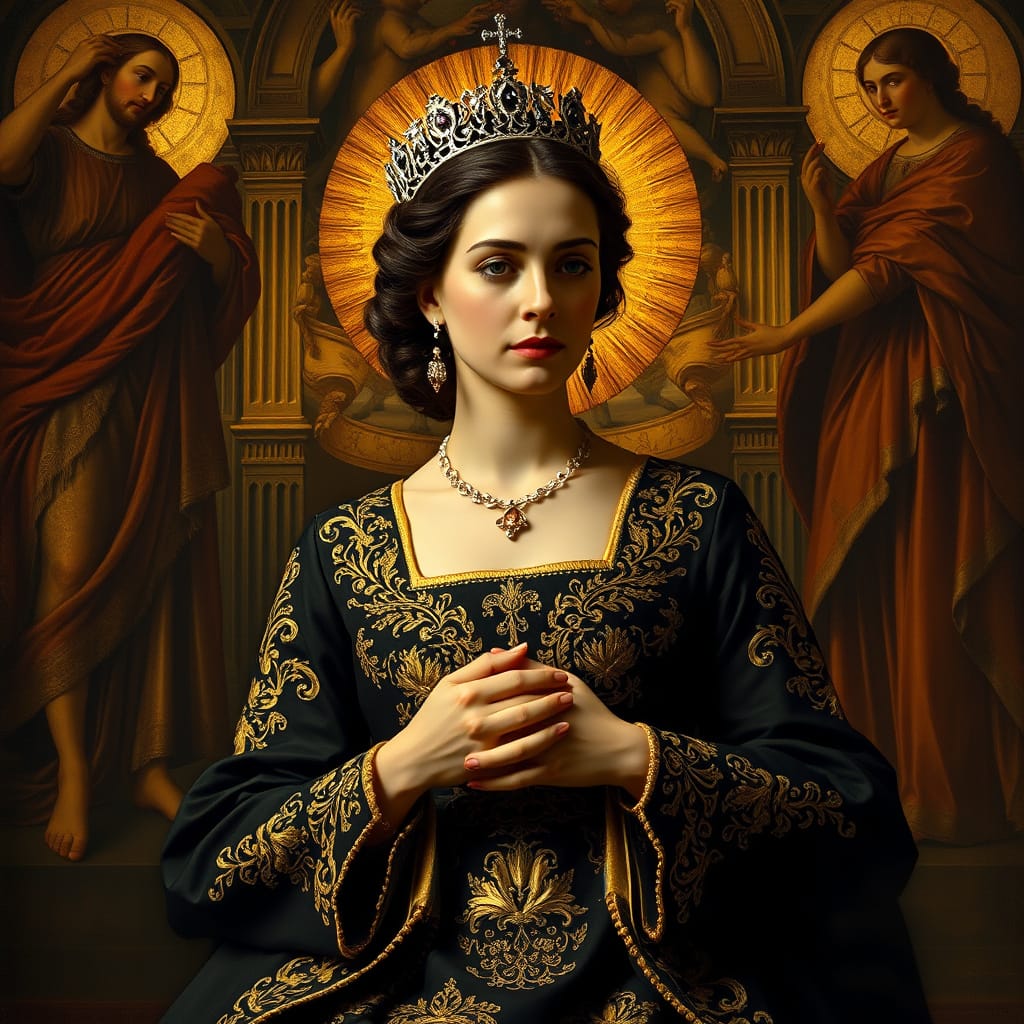
Her decision to change her religious affiliation was influenced by ongoing discussions within the Anglican Communion. In 1992, the General Synod—the legislative body of the Church of England—approved a motion authorizing the ordination of women as priests. Following its implementation in March 1994, some individuals chose to convert to Catholicism.
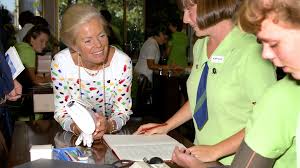
The Duchess indicated that her decision was predominantly shaped by the experiences and interactions she had with various individuals.
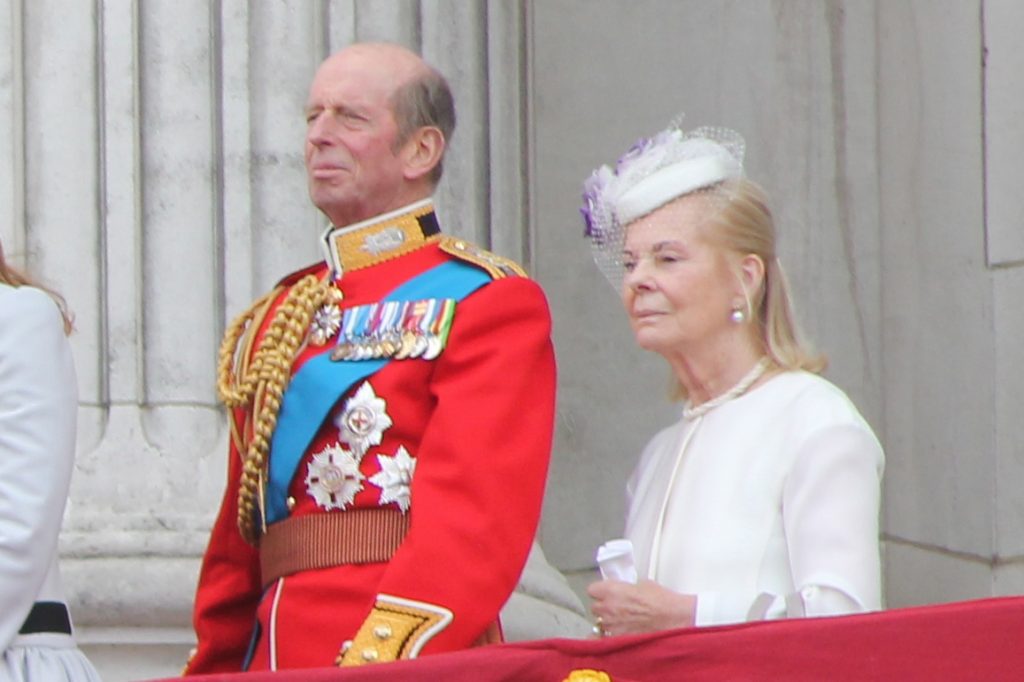
At the time of her conversion, the Act of Settlement 1701 prohibited a royal successor from marrying a Roman Catholic while maintaining their place in the line of succession. However, the Act did not address provisions concerning marriages to Anglicans where the spouse subsequently converts to Catholicism. Therefore, in principle, the Duchess could have become the first Catholic Queen Consort since the Reformation if the Duke had ascended to the throne. The 2013 Succession to the Crown Act abolished the restrictions on heirs marrying individuals who are Catholic.
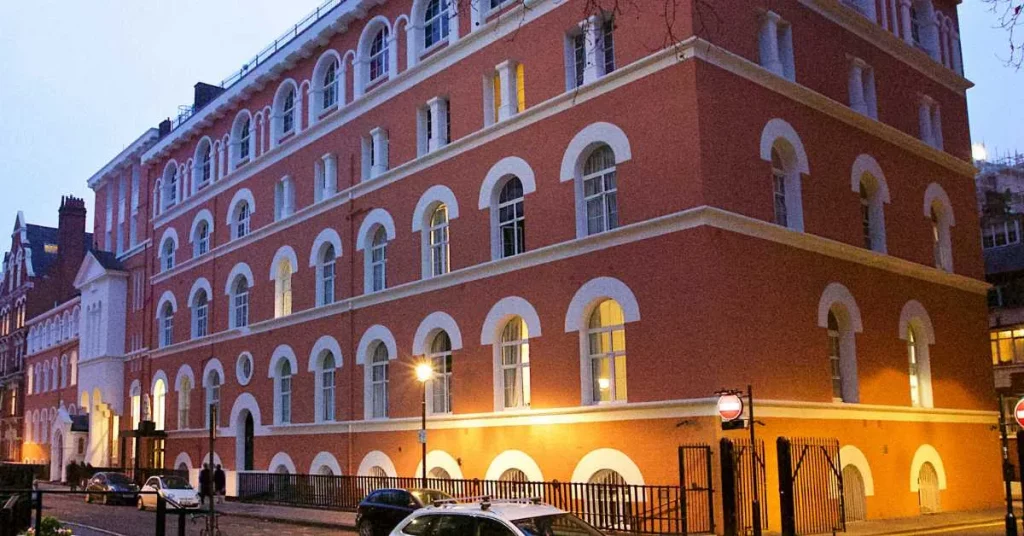
The Duchess was widely recognized for her grace and unwavering personal conviction. She elected to withdraw from public engagements while continuing her dedication to community service. She previously taught music at a state primary school in Hull under the name “Mrs. Kent” and actively volunteered at The Passage, a homeless shelter operated by the Diocese of Westminster.
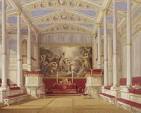
The funeral service for Her Royal Highness The Duchess of Kent is scheduled to be held at Westminster Cathedral on Tuesday, 16th September at 2:00 p.m. BST. Prior to the service, the coffin of Her Royal Highness will be temporarily placed in the private chapel at Kensington Palace.
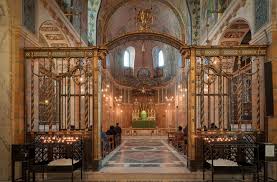
Her Royal Highness’s coffin will be taken by hearse to Westminster Cathedral on Monday, 15th September, where the Rite of Reception and Vespers will take place, on the eve of the Requiem Mass. Thereafter it will rest overnight in the Lady Chapel.

On the afternoon of Tuesday, 16 th September, Their Majesties The King and Queen and Members of the Royal Family will join The Duke of Kent and members of The Duchess’s family at the Requiem Mass for The Duchess of Kent. Afterwards, the coffin will be taken by hearse to the Royal Burial Ground at Frogmore, Windsor. Flags will be half-masted at all official Royal Residences flying the Union flag on the day of the Funeral.
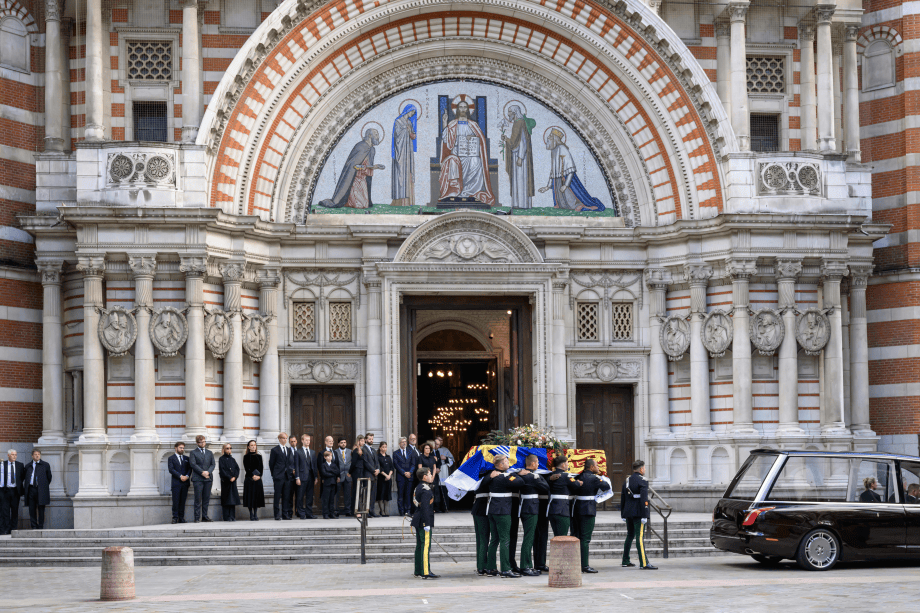
On the afternoon of Tuesday 16th September, His Majesty The King and Members of the Royal Family joined The Duke of Kent and members of The Duchess’s family at a Requiem Mass for The Duchess of Kent at Westminster Cathedral to remember the life of her life.
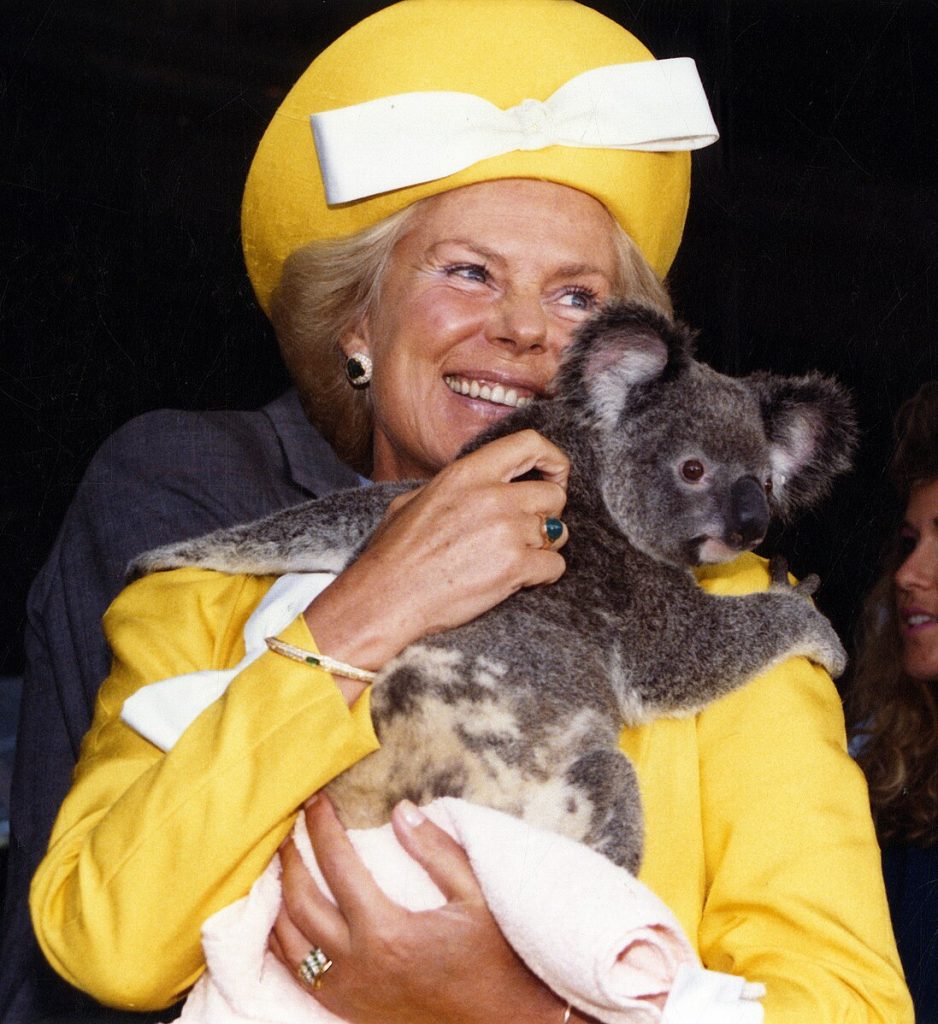
A devout follower of the Roman Catholic faith, The Duchess became the first Member of the Royal Family to convert to Catholicism for more than 300 years, doing so in 1994, and it was her wish to have her funeral at Westminster Cathedral.
The Funeral marks the first Royal Funeral at Westminster Cathedral since its construction in 1903, and the first Royal Catholic funeral in modern history.
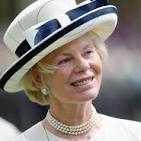
A devout follower of the Roman Catholic faith, The Duchess became the first Member of the Royal Family to convert to Catholicism for more than 300 years, doing so in 1994, and it was her wish to have her funeral at Westminster Cathedral.
The Funeral marks the first Royal Funeral at Westminster Cathedral since its construction in 1903, and the first Royal Catholic funeral in modern history.
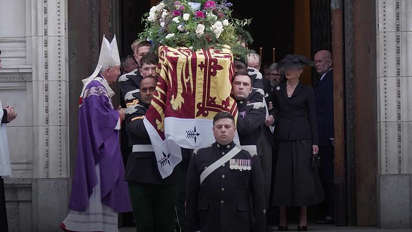
The Mass was officiated by His Eminence Cardinal Vincent Nichols, Archbishop of Westminster. The Dean of Windsor participated with the Cathedral clergy during the service, and subsequently presided alongside the Auxiliary Bishop of Westminster at the funeral arrangements for The Duchess in Windsor.
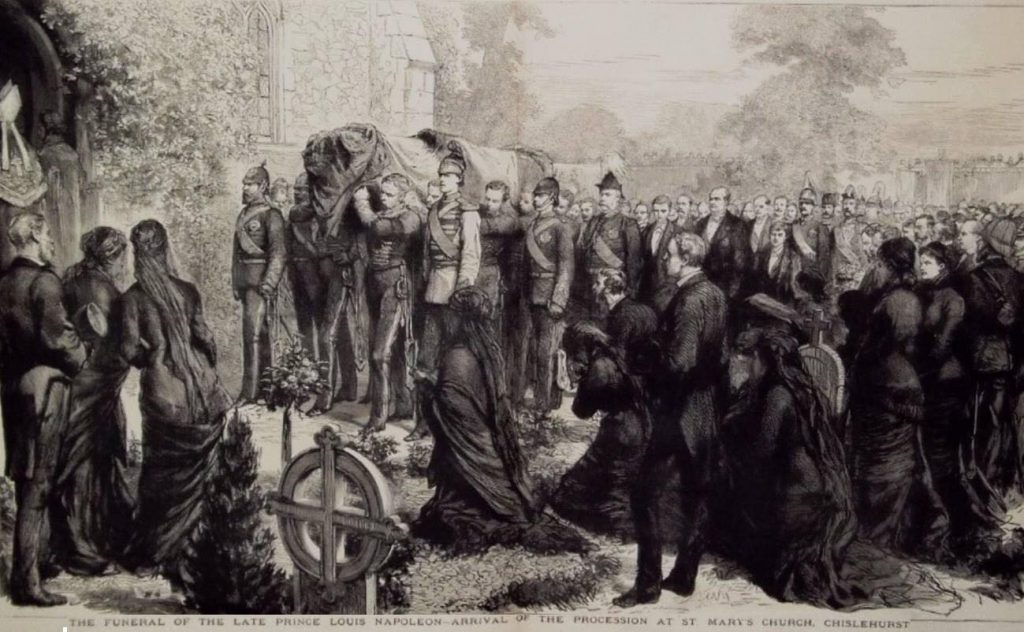
The Monarch has previously participated in Requiem Masses held in the United Kingdom. Notably, Queen Victoria attended the Catholic funeral service for Prince Imperial Louis-Napoleon at St Mary’s Church, Chislehurst, in 1879. Additionally, King George V was present at the Requiem Mass for Empress Eugénie, held at St Michael’s Abbey, Farnborough, in July 1920.

Therefore, it was an uncommon departure from standard protocol for Charles, the Supreme Governor of the Church of England, to attend the funeral of the Duchess at Westminster Cathedral in London, where the service was officiated by Cardinal Vincent Nichols, the senior Catholic leader in England and Wales.
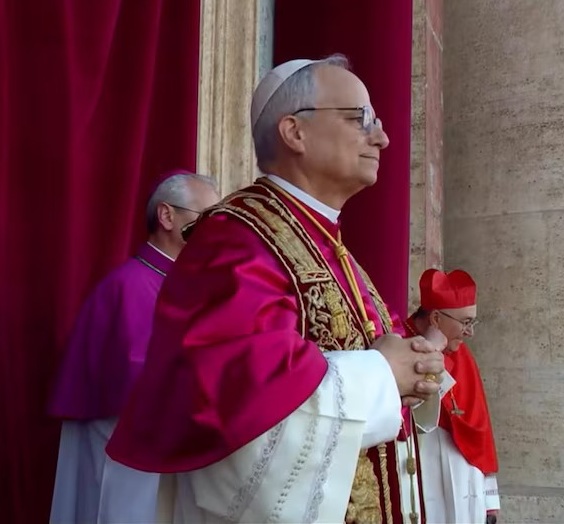
During the Requiem Mass, a message was conveyed to His Majesty the King from His Holiness Pope Leo XIV.
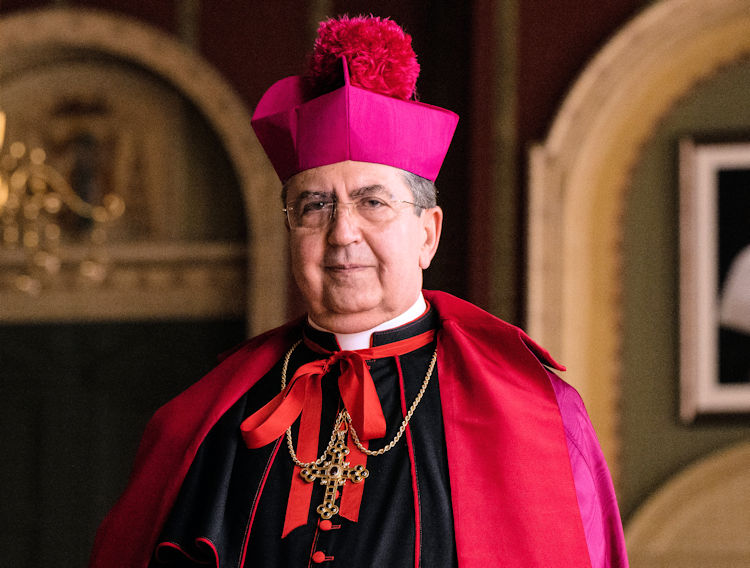
It was read by His Excellency Archbishop Miguel Maury Buendia, Apostolic Nuncio to the United Kingdom.
I was saddened to learn of the death of Her Royal Highness The Duchess of Kent, and I send heartfelt condolences, together with the assurance of my prayerful closeness, to Your Majesty, the Members of the Royal Family, and especially to her husband, The Duke of Kent, and their children and grandchildren at this time of sorrow. “Entrusting her noble soul to the mercy of our Heavenly Father, I readily associate myself with all those offering thanksgiving to Almighty God for The Duchess’s legacy of Christian goodness, seen in her many years of dedication to official duties, patronage of charities, and devoted care for vulnerable people in society. To all who mourn her loss, in the sure hope of the Resurrection, I willingly impart my apostolic blessing as a pledge of consolation and peace in the Risen Lord.”
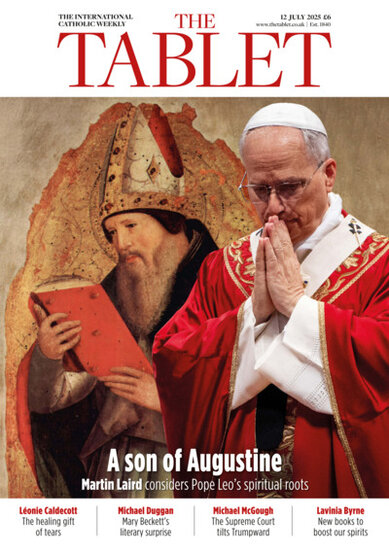
Catherine Pepinster, former editor of the Catholic weekly review The Tablet, described the funeral of Katherine, Duchess of Kent, as an event of considerable historical importance. She also remarked that it represents a significant advancement in ecumenical relations.
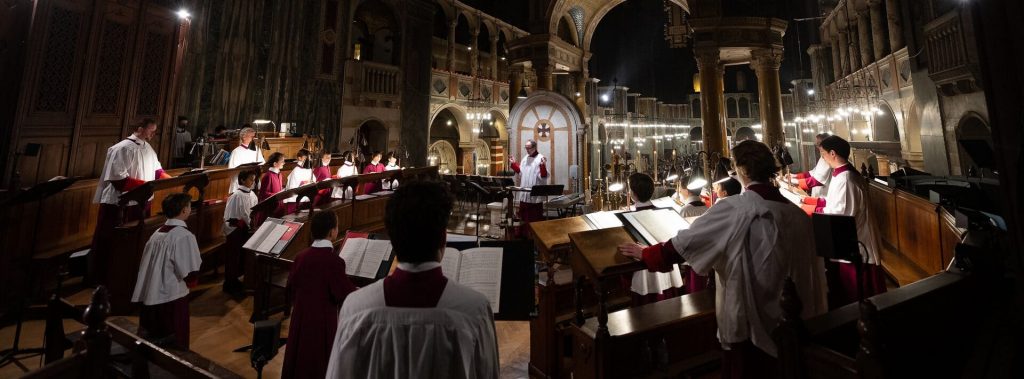
The choir and organist of Westminster Cathedral performed choral selections, including works by Maurice Duruflé, during the Requiem Mass. Additionally, the piece ‘Ave Verum Corpus’ by Mozart was featured, having been personally chosen by Her Royal Highness during her appearance on Desert Island Discs in December 1990.
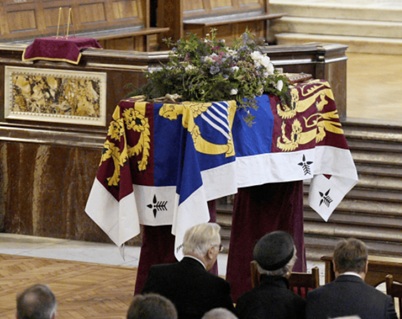
The floral tribute arranged on the casket of The Duchess consisted of a wreath of British garden flowers, thoughtfully selected by The Duchess’s family. The arrangement included white roses, representing the white rose of Yorkshire, her region of birth. Additionally, the wreath featured sprigs of rosemary as a symbol of remembrance, oak leaves signifying strength, seasonal September blooms denoting farewell, achillea symbolizing healing and resilience, jasmine for friendship and amiability, and sprigs of yew from the gardens of Hovingham Hall, the Worsley family estate, representing eternal life.